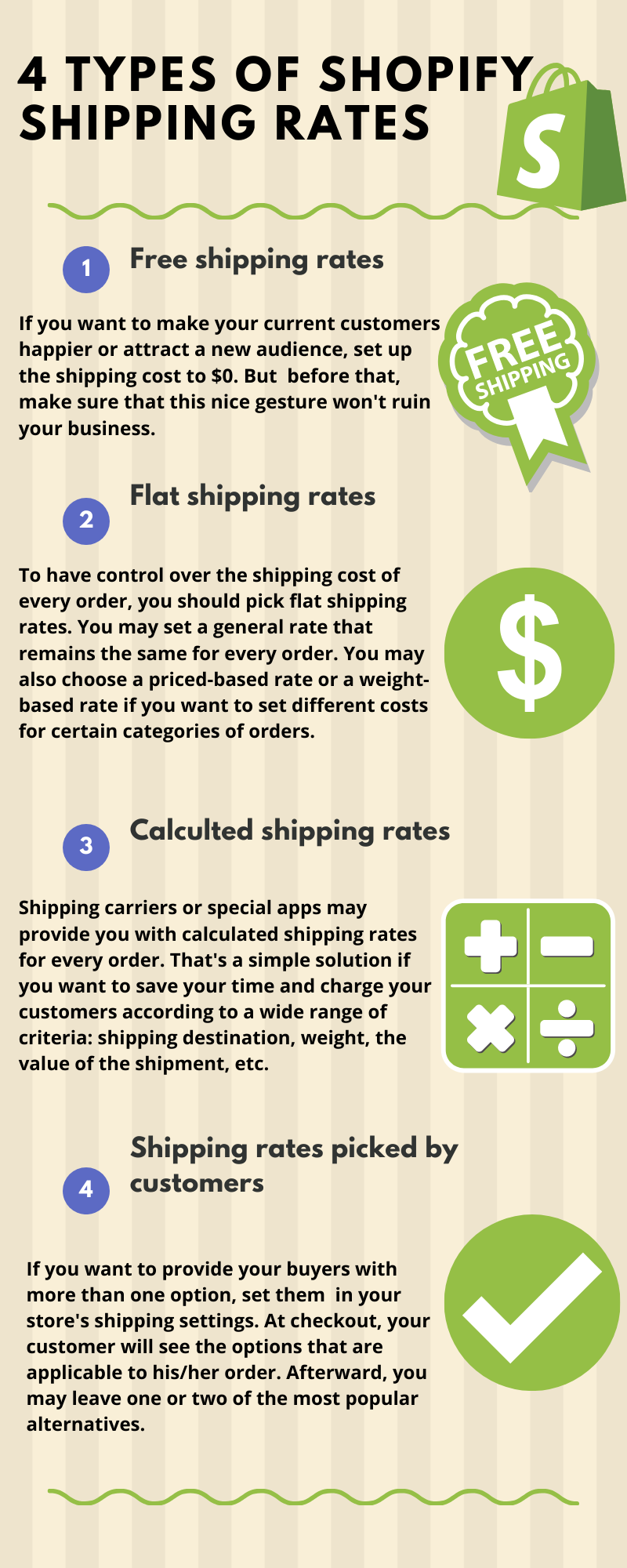Table of Contents
If you’re a Shopify seller, you’ll agree that shipping is definitely one of the processes that take too much time. To do shipping with minimal loss, you have to be careful and aware of the common shipping errors. From our short guide, you’ll learn how to set up shipping on Shopify and prevent the most common mistakes:
Shipping errors can be a major roadblock for e-commerce businesses, leading to unhappy customers, negative reviews, and financial loss. For Shopify store owners, ensuring accurate and timely deliveries is crucial for maintaining customer satisfaction and building a solid reputation. This comprehensive guide will explore common shipping errors, their impacts, and the best practices to prevent them using Shopify features, third-party apps, and continuous monitoring.
Shipping Errors
Common Types of Shipping Errors
Shipping errors can manifest in various ways, and understanding these common types can help store owners anticipate and prevent them:
- Incorrect Address: Typos or incomplete addresses can result in failed deliveries.
- Wrong Product Shipped: Sending the wrong product can lead to returns and unhappy customers.
- Delayed Shipments: Shipping delays can occur due to various reasons, including supply chain issues or logistical errors.
- Damaged Goods: Inadequate packaging or mishandling during transit can lead to damaged products.
- Untracked Shipments: Lack of tracking information can cause customer frustration and increase customer service inquiries.
Impact of Shipping Errors on Business
Shipping errors can have a significant negative impact on your business:
- Customer Dissatisfaction: Incorrect or delayed shipments can lead to unhappy customers and poor reviews.
- Revenue Loss: Returns and replacements can incur additional costs and reduce overall profit margins.
- Reputation Damage: Consistent shipping errors can harm your brand’s reputation and deter potential customers.
- Operational Inefficiencies: Handling returns, customer complaints, and reshipping can strain your operational resources.
4 Tips to Prevent Shopify Shipping Errors
Include international shipping in your account
Even if you’re aimed at local buyers only, odds are customers from other countries may get interested in your products. Imagine how bad it will be if they aren’t able to buy from you because of the absence of the international shipping option. Don’t lose your chance to conquer the world market!
You’ll need a proper strategy and a reliable international shipping calculator to deal with this task. Consider the following tips:
- start from the neighboring countries;
- evaluate a current demand;
- define the markets that fit your business;
- take into account a language barrier.
Set the ideal shipping rate
Whether you’re catering to international clients or just in your country exclusively, it’s crucial that you set an ideal shipping rate. In this way, you’re keeping your customers happy and your books balanced – not too low that you lose money and not too high that you scare away potential customers.
Determine the average weight of the shipments you’re going to send: add the individual weights of the shipments involved and then divide them by your catalog size. Once you get your average weight, you can now multiply this to the average amount of products ordered. Contact your local carrier then check how much your shipment would actually cost with that weight.

Consider your freight shipping requirements
Next, you’ll have to know your local shipping requirements. Usually, this includes a proper pallet that can last during the hauling and shipping process. Durable packaging is also required. Seal every package securely and protect it with bubble wraps or packing peanuts. Lastly, your shipments shouldn’t also be stacked irresponsibly or nearly at the edge of your pallet.
These are just some common preventions that make shipping easier. However, it’s still safer if you’re going to pick a reliable courier provider. In this way, you’ll have a smooth transaction in every shipment.
Use shipping deduction costs methods
If you’re not doing your best to lessen your shipping costs, then this is definitely an error on your part. Luckily, there are a lot of ways to lower such expenses. Try one of the following strategies:
- buy discount labels on Shopify Shipping;
- compare local carriers and pick the best option;
- invest in flat rate shipping;
- hire a logistics provider;
- find a carrier who provides packaging;
- buy insurance from a third party.
Avoid pick and pack errors
One of the most costly shipping errors is a mistake with sending the wrong items to the wrong customer. A pick and pack error can be costly, and there are inexpensive simple solutions like ShipTarget.com which turn your phone into an enterprise-level bar code scanner. Such tools help sellers to manage the packing process and eliminate packing errors.
Best Practices for Preventing Shipping Errors
To mitigate the risk of shipping errors, it’s essential to adopt best practices that enhance accuracy and efficiency in your shipping processes:
Utilizing Shopify Features
Shopify offers a range of built-in features to help prevent shipping errors:
- Address Validation: Enable automatic address validation to catch and correct typos or incomplete addresses before shipping.
- Order Management: Use Shopify’s order management system to track and manage orders efficiently.
- Shipping Zones and Rates: Set up shipping zones and rates accurately to ensure correct pricing and delivery options for customers.
- Automated Notifications: Use automated email notifications to keep customers informed about their order status and tracking information.
Integrating Third-Party Apps
Third-party apps can further enhance your shipping processes by providing additional functionality:
- Shipping Automation Tools: Use apps that automate shipping label generation, tracking, and rate calculation.
- Inventory Management: Integrate inventory management apps to keep track of stock levels and prevent overselling.
- Customer Communication: Implement apps that offer advanced customer communication and engagement features, such as chatbots and email automation.
Monitoring and Continuous Improvement
Regular monitoring and continuous improvement are key to maintaining an efficient shipping process:
Analyzing Shipping Data
- Track Metrics: Use Shopify’s analytics tools to track key shipping metrics, such as delivery times, error rates, and customer feedback.
- Identify Trends: Analyze data to identify patterns and trends that may indicate underlying issues in your shipping process.
Adjusting Strategies Based on Feedback
- Customer Feedback: Collect and analyze customer feedback to understand their shipping-related concerns and experiences.
- Iterative Improvements: Use insights gained from data analysis and feedback to make iterative improvements to your shipping process.
Shipping is a complex procedure, and you shouldn’t leave it to chance. Take this task seriously and learn how to set up shipping on Shopify to avoid financial loss and provide the best customer service. Happy selling!

